ADVERTORIAL • June 2018
Why now is the time to visit Istria
Pristine beaches, pampering resorts, a balmy climate and good wine… Istria is a holiday playground. And with direct flights from London to the regional capital Pula, here’s why this Croatian gem should be on every globetrotter’s list
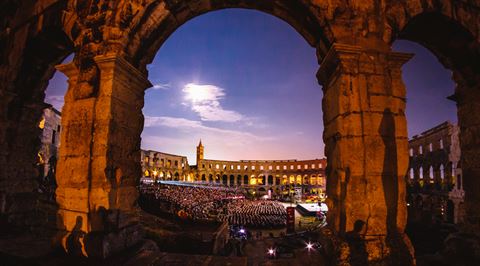
Blast from the past
Thanks to its geographical setting - it is the largest peninsula in the Adriatic Sea - Istria has a colourful past and a distinct culture that blends Slav, Latin and Germanic influences. For a history lesson to remember, visit the impressive Roman amphitheatre in Pula where, these days, you’re more likely to catch a classical concert than the gladiatorial combats of old. Further up the coast, the 2000-year-old town of Poreč is home to a 6th-century Euphrasian Basilica, famous for its Byzantine mosaics and now a UNESCO World Heritage site.
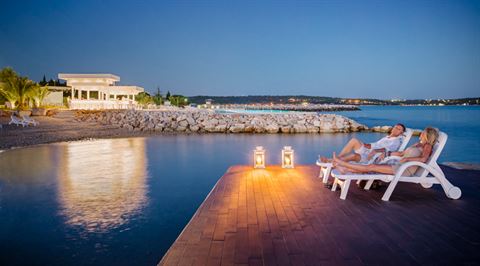
A shore thing
Istria’s 445 km of pristine coastline will keep even the most ardent sun-worshippers happy. From secret coves to sweeping bays, there are more than 50 Blue Flag-awarded beaches - we like the pebbly Girandella Beach near Rabac, with its sparklingly clean water; or why not make the five-minute boat trip from Poreč to the tiny island of St Nicola, where the shaded Oliva Beach is perfect for kids? If you prefer being on the water rather than in it, bustling marinas line the coast - and sailing is a popular pastime for both locals and visitors.
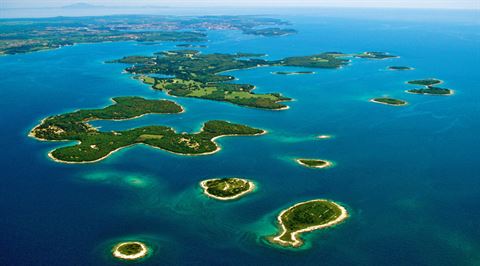
Call of the wild
With its alluring coastline and rolling hinterland, Istria is extremely photogenic. Pep up your Instagram account with a visit to the city of Rovinj, with its fishing harbour, pastel-hued houses and Baroque St. Euphemia church - plus it is within striking distance of a series of stunning swimming spots (Amarin Beach and Lone Bay are our favourites). For a nature fix, take the 15-minute boat ride from Fazana on the west coast to the Brijuni archipelago, one of Croatia’s best-kept National Parks. Though only the largest islet of Veli Brijun can be visited, it is a haven for wildlife.
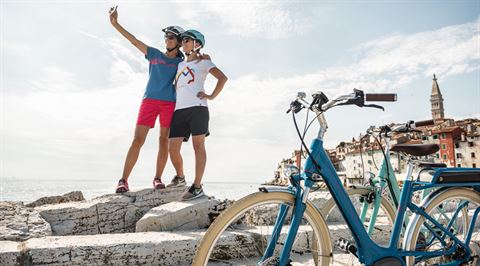
Be a good sport
Those looking to swap sunbathing for something a little more active won’t be disappointed. Water sports are popular everywhere, from wind-surfing to banana-boating; or dive beneath the waves and discover an underwater world of reefs, caves and shipwrecks (Cape Kamenjak is particularly renowned for its crystal-clear water and rich sea life). On land, there’s everything from golf and tennis to trekking and horse-riding. Those in the know hire bicycles to whizz through pine-scented forests and Medieval hilltop towns along one of the area’s many bike trails.
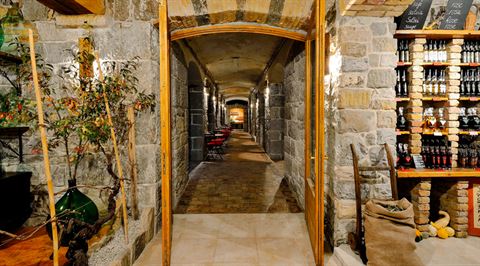
Food for thought
Beyond the pristine beaches, Istria’s wooded interior offers up a gastronomic feast. The region is famous for that most-prized of gourmet ingredients: the truffle. Indeed it is the only place in the world where both black and white truffles can be found, sought out by specially-trained dogs deep in the forests. Not only this, but Istria has been voted the Best Olive Oil Region in the world for the last three years in the prestigious Guide Flos Olei. Having thrived in the sunny Mediterranean climate, you’ll spot many a foodie traveller sampling the olive oil and wine at the region’s tavernas, agrotourismos and fine-dining restaurants.
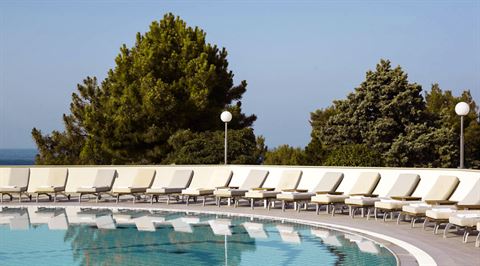
Stay ahead of the curve
From luxe hotels and villas to family-focused resorts and camping sites, Istria has accommodation covered. For grown-up time, try the adults-only Meliá Coral in Umag and the Sensimar Medulin. Or perhaps you’d like to pamper yourself at the Aminess Maestral Hotel in Novigrad or the Park Plaza Histria in Pula? While those with children will appreciate the all-inclusive TUI Family Life Bellevue Resort in Rabac with its fun pools and kids’ clubs.
British Airways flies twice a week from London Heathrow to Pula Airport in Istria. To book flights, visit ba.com
This article has been tagged Advertorial
More from previous issues
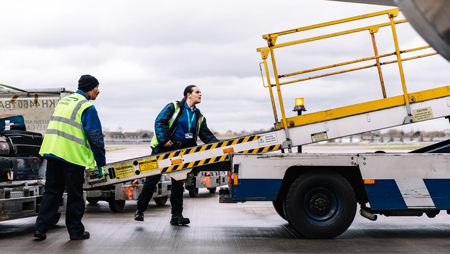
The Guru
Sarah Zouaoui from BA's baggage team talks airfield camaraderie, early mornings and busting baggage myths
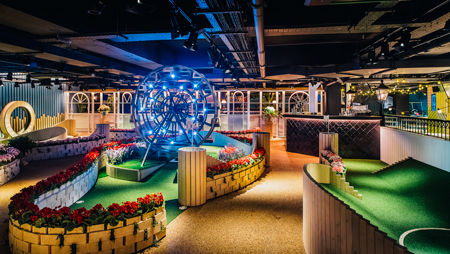
Late night London: do as the locals do
Looking for some unusual suggestions for activities in London? Let the team from The Club take your hand and guide you through their favourite after-dark delights

Book tickets for the After Hours Club event
Join us on 2 July 2018 for an exclusive evening of sizzling southern delights and cocktails at Ham Yard Hotel, London
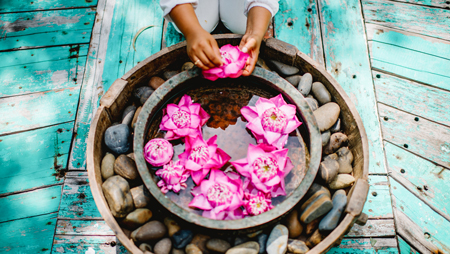
Five incredible spas for locally inspired treatments
Brought to heal: a selection of welcoming spa retreats that make the very best use of local resources to replenish you, in both body and soul
